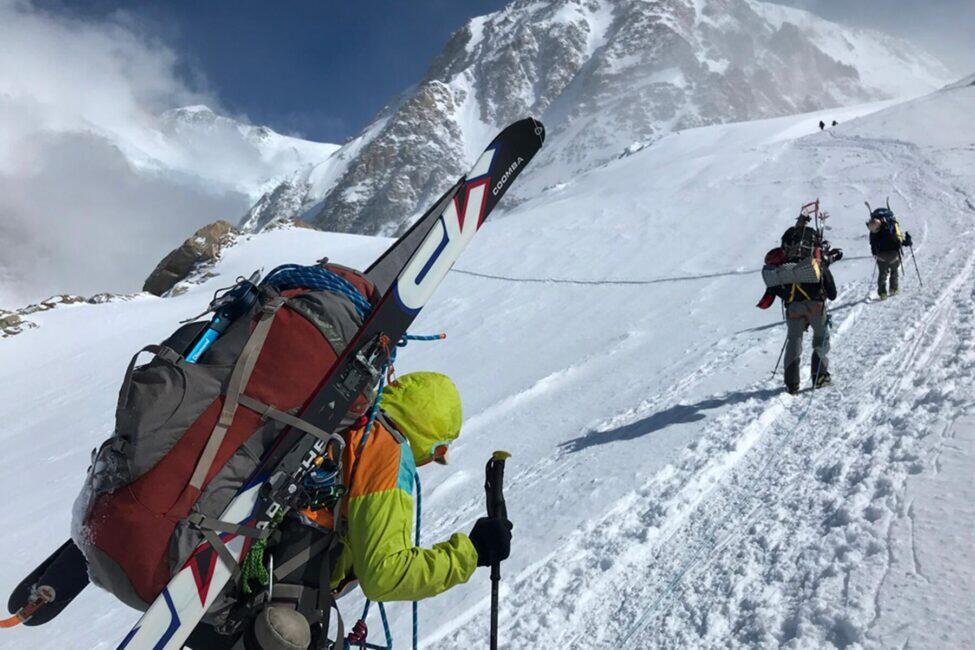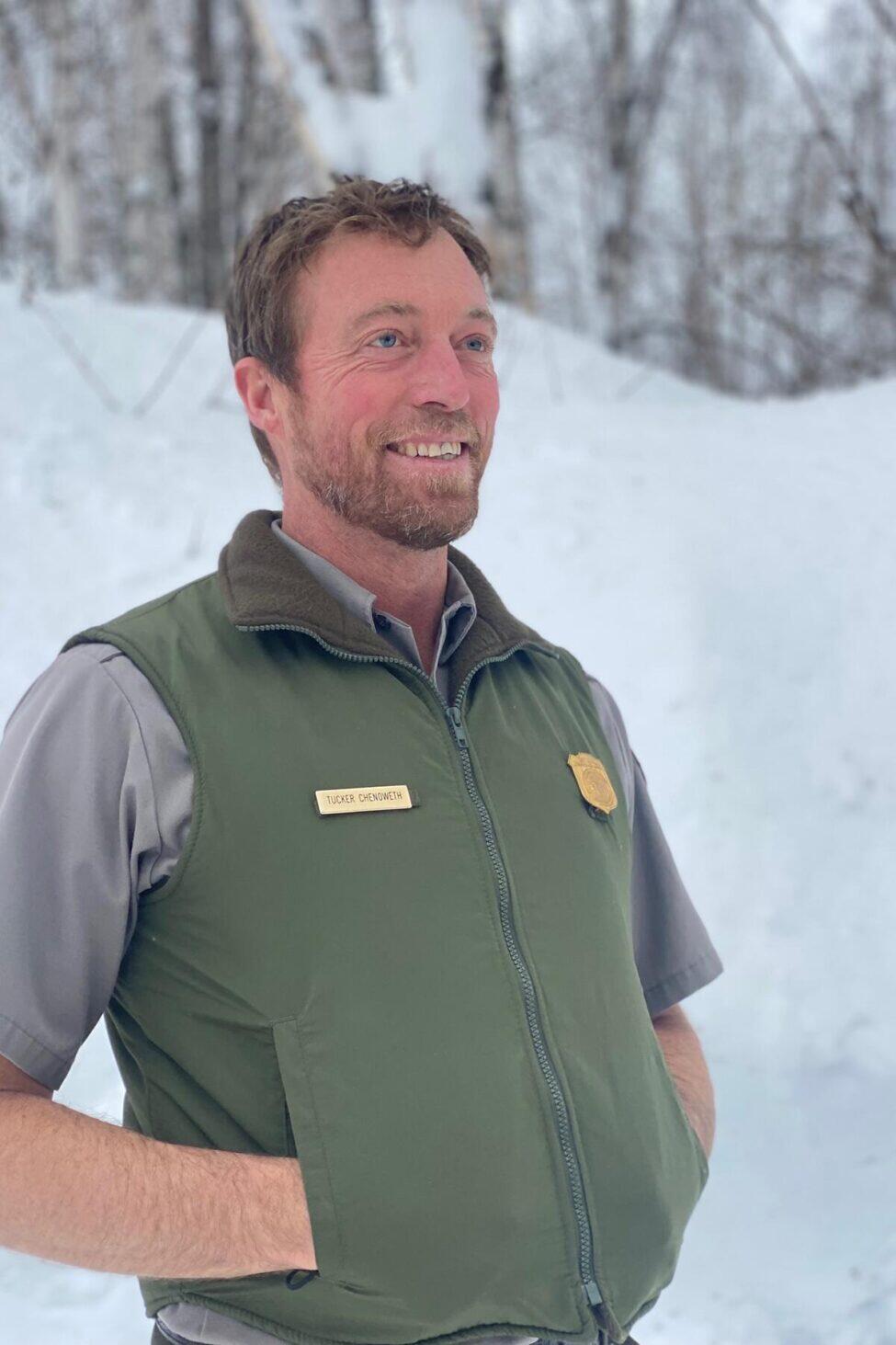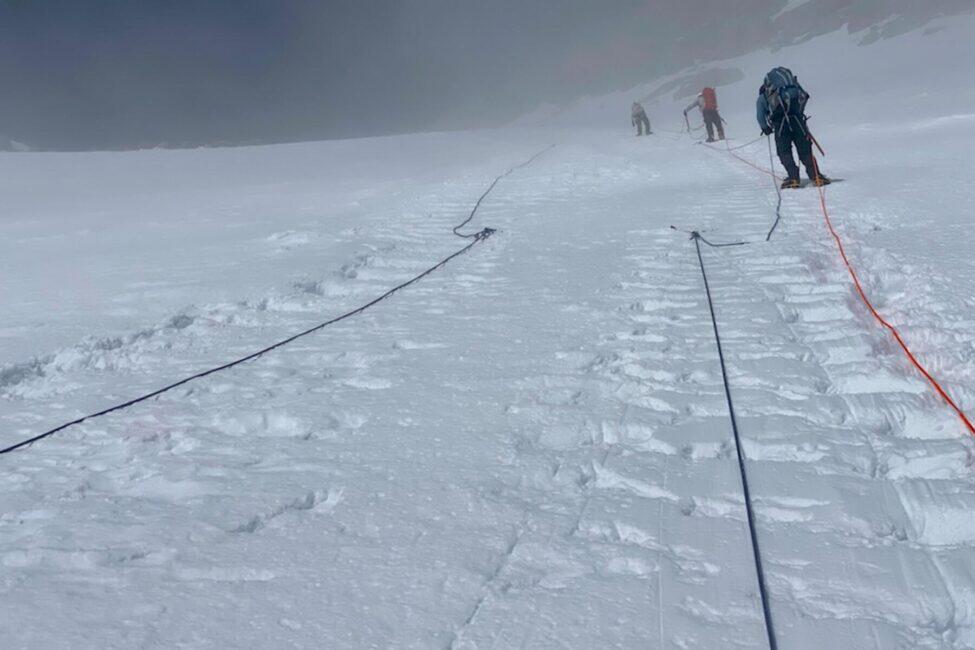After Mount Denali claims its first victims of 2022, mountain rangers urge climbers to take precautions.
I
n 1967, two teams of climbers attempted to conquer Mount Denali in the interior of Alaska, America’s tallest peak. Seven members of the 12-man team were never heard from again.
Since that year, more than 100 climbers have lost their lives trying to summit Denali, averaging roughly one to three deaths yearly from heart failure, altitude sickness, bad weather, or falls—but the thrill of the climb keeps thousands coming back. The grueling trek takes up to 23 days and requires using oxygen tanks, massive physical output, and pulling sleds of gear up 17,000-foot elevations. But for climbers tackling North America’s tallest peak, Denali is one of those ultimate bucket list challenges that beckons with its threat of danger and thrill of victory.
The COVID pandemic put a sharp halt to that in 2020. And although 2021 saw the return of domestic climbers, the Denali National Park Service is gearing up for “revenge travel” as international climbers return to the mountain this year.
“Last year, we had about 1,000 climbers climb, so we’re a couple 100 short. That was more than I had anticipated, and the majority were domestic climbers,” said Denali National Park South District Ranger Tucker Chenoweth in February. “Normally, we were pretty split between international climbers and domestic climbers. This year, we’re seeing a lot of international climbers as the travel restrictions lighten up. I anticipate we will maybe see 1,100 registrations this year.”
Chenoweth guessed too low. As of May 27, The Walter Harper Talkeetna Ranger Station reported 1,107 registered climbers for Denali, with 533 on the mountain already.
And the mountains have already claimed their first victims this year as well.

The Lure of Denali
With a summit elevation of 20,310 feet above sea level in some of the most extreme weather systems in North America, many climbers say Denali is much more technical than climbing Mount Everest.
“I’ve climbed in the Himalayas, but not Everest, but I’m really familiar with the mountain, obviously. It’s kind of a sister mountain to us, but the techniques and the way you climb Mount Everest is very different from the way you climb Denali,” said Chenoweth. “They both pose their own challenges, but I wouldn’t say one is any easier than the other.”
Climbing Denali can also be just as deadly, and as climbing returns in full force to Denali, rangers are preparing to respond to the dangers climbing can bring. Already in May, two climbers lost their lives. On May 17, rangers recovered the body of Matthias Rimml, a solo Austrian climber who perished at 17,000 feet after falling from Denali Pass at the beginning of May. On the same day as the recovery, a 43-year-year-old climber from Kanagawa, Japan, fell through a weakened ice bridge to his death on Mount Hunter, a nearby peak.
“As things open up, we’re just going to see the numbers of registered climbers go up, and one of the concerns is that the acquisition of certain skill sets-which is everything from winter camping to avalanche education to medical team self-reliance, ropes, and crevasse rescue-isn’t there,” he said

When prospective climbers register, they have a 60-day pre-registration requirement to prepare. The rangers at Denali National Park urge preventative search and rescue education for each person and spend one on one time with each climber through email and phone correspondence prior to their expedition to make sure they are prepared. Sometimes, that’s not enough.
When Denali reopened for climbing in 2021, rangers reported an uptick in severe accidents due to “a disturbing amount of overconfidence paired with inexperience in the Alaska Range.”
“While climbers may have a good deal of experience at elevations up to 14,000 feet in the Lower 48, the remoteness and extreme weather we get in the Alaska Range make the experience here more challenging and dangerous,” wrote Chenoweth in a National Parks blog post titled “Troubling Trends.” “Please do not underestimate conditions, take the time to acclimatize, and do not ascend too quickly. We have already had several SAR (search and rescue) events related to HAPE (high altitude pulmonary edema) this year.”
Despite all the planning and warning, accidents and deaths do happen. Major helicopter rescues average 30 per year with an average of two to three deaths yearly. The record number of deaths in one year was 11, Chenoweth said.
“Most of the rescues are altitude related. You go up, and even if you’re acclimatized above 17,200 feet, you don’t really acclimatize anymore. Once you’re at 17,000, you’ve done everything you can, and your body just deteriorates,” he said.
“I’d say everybody has altitude symptoms above 17,000. It’s like intoxication; people get lethargic and have a bit of euphoria, and start making bad decisions. So, altitude usually is the precursor to somebody taking a fall.”
Recovering the bodies of those who die on the mountain is also a challenge, but the park service does everything in its power to remove the bodies.
“The only ones that are left on the mountain are the folks we can’t find,” Chenoweth said.

Heeding the Warnings
Maureen Gaultieri, public information officer for Mountaineering at the Walter Harper Talkeetna Ranger Station and Denali National Park and Preserve, said that with the issues rangers battled last year and the influx of climbers returning this year, rangers are trying to “hammer a little harder” about being prepared.
“We are really trying to drive home how difficult it is to summit from 14,000 feet. To do one long summit push from 14,000 to the summit is kind of a trend we’ve seen in recent years,” she said.
“A lot of climbers may be able to do that kind of elevation gain in the lower 48, but they aren’t adding in the factors of high altitude and colder temperatures. So we are starting to see some more falls or illnesses with those climbers.”
Gaultieri said most climbers are advised to acclimate for a day or two at 14,000 feet and then spend a few more days at 17,000 before trying the summit.
“If the average climb is 21 to 23 days, most of that is the climb and then one long day at the end coming down,” she said. “Almost all of those three weeks is spent just gradually acclimating a few nights in each camp waiting for a good window,” she said.
Chenoweth added that the success rate of climbers trying to summit Denali is about 50 percent in any given year.
“The best thing about Denali is that it’s always going to be here. You can always come back and try again, and we love to see people come back,” he said. “Sometimes, it’s not about the summit but the experiences along the way. But you have to be safe about it.”
And as long as climbers know the risk, take precautions, and are properly skilled, the Mountaineering Rangers at Denali are happy to have them back.
